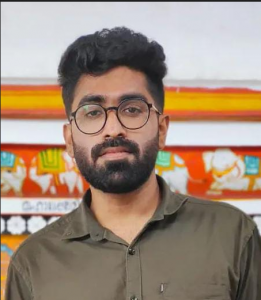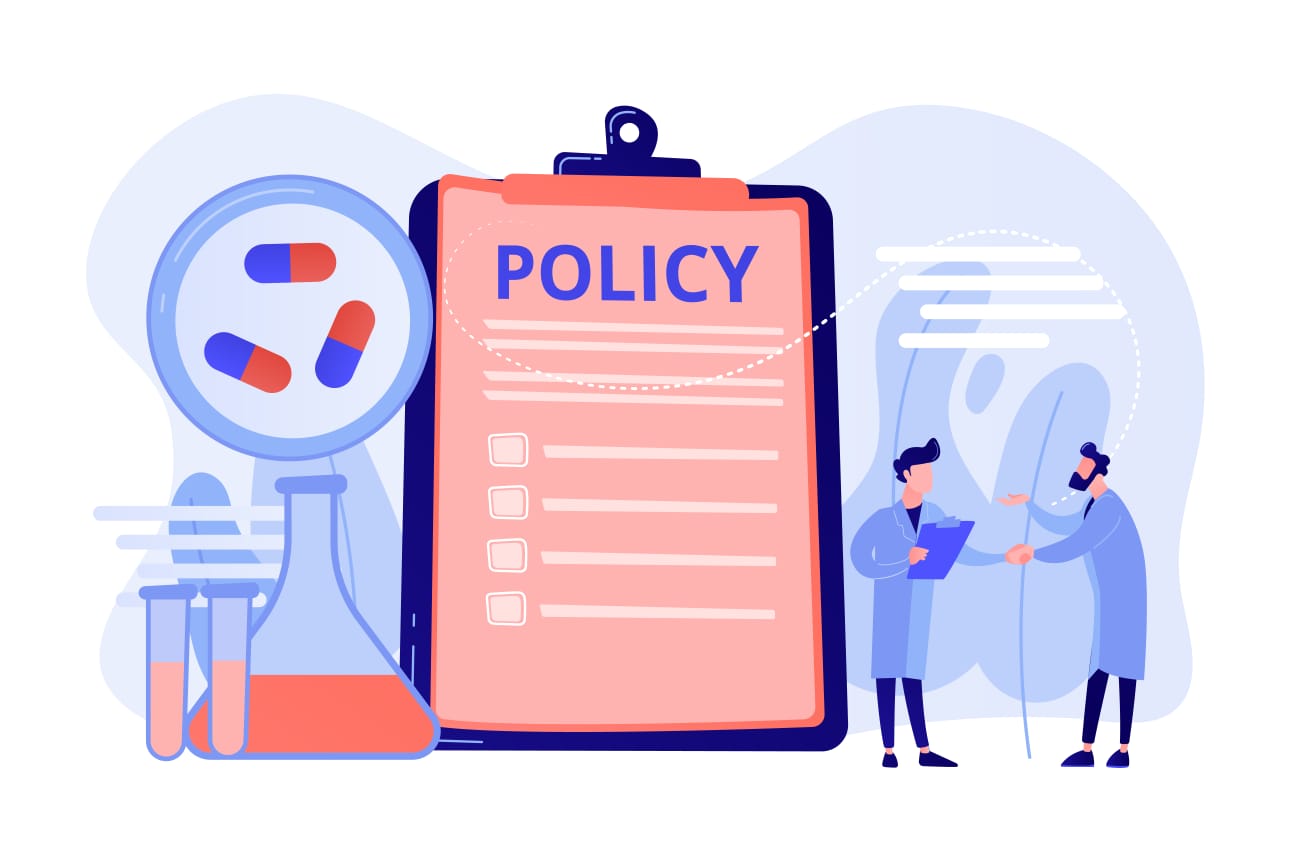News Highlights:
- The government has exempted basic customs duty on all drugs and food items prescribed for special medical purposes imported for treating rare diseases.
- It includes all drugs and food for treating all Rare Diseases listed under the National Policy for Rare Diseases 2021.
Key points:
- Procedure for exemptions:
- To avail of this exemption, the individual importer has to produce a certificate from the Central or State Director of Health Services or the District Medical Officer/Civil Surgeon of the district.
- Usual basic customs duty:
- Drugs/Medicines generally attract basic customs duty of 10%, while some categories of lifesaving drugs/vaccines attract a concessional rate of 5% or Nil.
- Need of exemptions:
- Drugs or Special Foods required for treating rare diseases are expensive and must be imported.
- It is estimated that for a child weighing 10 kg, the annual cost of treatment for some rare diseases may vary from ₹10 lakhs to more than ₹1 crore per year, with treatment being lifelong and drug dose and cost increasing with age and weight.
- This exemption will result in substantial cost savings and provide much-needed relief to the patients.
Rare Diseases
- About
- A rare disease is a disease that affects a smaller percentage of the population compared to other diseases. Its prevalence is very low.
- There is no universally accepted definition of a rare disease.
- The World Health Organisation defines a rare disease as an often debilitating lifelong disease or disorder condition with a prevalence of 1 or less per 1000 population.
- The definition accepted in the United States is that it is a disease that afflicts fewer than 2,00,000 people.
- This definition is also accepted by the National Organisation for Rare Disorders (NORD) in India.
- It is estimated that there are about 7000 rare diseases.
- In India, Haemophilia, Thalassemia, Sickle cell anaemia and Primary Immuno Deficiency in children, auto-immune diseases, and Lysosomal storage disorders such as Pompe disease and Gaucher’s disease are on the rare diseases list.
- Issues with low prevalence:
- Rare diseases came to be known as orphan diseases because pharmaceutical companies were not ready to adopt them and develop drugs for them because of their low prevalence.
- That is why the drugs used to treat or manage rare diseases are known as orphan drugs.
- Most of the rare diseases (about 80%) are genetic and hence affect a large number of children. Unfortunately, there are no treatments for many rare diseases.
- The annual cost of treatment for some rare diseases may vary from ₹10 lakhs to more than ₹1 crore per year, with treatment being lifelong and drug dose and cost increasing with age and weight.
National Policy for Rare Diseases (NPRD) 2021:
- About
- Ministry of Health and Family Welfare formulated and launched NPRD in 2021 for the treatment of rare disease patients.
- Objectives:
- To increase focus on indigenous research and local production of medicines.
- To lower the cost of treatment of rare diseases.
- To screen and detect rare diseases early at early stages, which will help in their prevention.
Key Provision of NPRD:
- Categorizing the disorder:
- Group 1: Disorders amenable to one-time curative treatment.
- Group 2: Those requiring long-term or lifelong treatment.
- Group 3: Diseases for which definitive treatment is available, but challenges are to make an optimal patient selection for benefit, very high cost and lifelong therapy.
- Financial assistance:
- Those suffering from rare diseases listed under Group 1 will have the financial support of up to Rs. 20 lacks under the umbrella scheme of Rashtriya Arogya Nidhi.
- Rashtriya Arogya Nidhi provides financial assistance to patients living Below Poverty Line (BPL) suffering from major life-threatening diseases to receive medical treatment at any of the super speciality Government hospitals/institutes.
- Beneficiaries for such financial assistance would not be limited to BPL families but extended to about 40% of the population, eligible as per Pradhan Mantri Jan Arogya Yojana norms, for their treatment in Government tertiary hospitals only.
- Alternate Funding: This includes voluntary crowdfunding treatment by setting up a digital platform for voluntary individual contribution and corporate donors to contribute to the treatment cost of rare disease patients voluntarily.
- Centres of Excellence:
- The policy aims to strengthen tertiary health care facilities for the prevention and treatment of rare diseases through designating eight health facilities as ‘Centres of Excellence’
- They will also be provided one-time financial support of up to Rs. 5 crores for the upgradation of diagnostics facilities.
- National Registry:
- A national hospital-based registry of rare diseases will be created to ensure adequate data and comprehensive definitions of such diseases are available for those interested in research and development.

Challenges in India:
- Lack of treatment:
- About 95% of rare diseases have no approved treatment, and less than 1 in 10 patients receive disease-specific treatment.
- Loss of lives due to delayed and misdiagnoses, limited access to resources, and no specific therapies often preclude patients from receiving proper, timely care.
- Impact on children:
- Children are disproportionately affected by these diseases as compared to adults
- 50 per cent of new cases are observed to be in children, out of which 35 per cent of children die before the age of one year, 10 per cent die between the ages of 1 to 5 years, and 12 per cent between the ages of 5 to 15 years. (Ministry of Health and Family Welfare 2017)
- High cost:
- The cost of treating rare diseases may vary from INR 10 lakhs to INR 1 crore annually.
- Treatment is lifelong, and drug doses and costs increase with age and weight.
- Issues in policy design:
- India does not have a standard definition for rare diseases, nor does sufficient data on prevalence exist.
- The Government of India launched the Indian Rare Disease Registry only in April 2017.
- Only 450 rare diseases have been recorded in the registry as per data available from tertiary hospitals
- Delay and lack of policy implementation:
- The lack of will of Centres of Excellence (CoE), designated as per the NPRD policy, has endangered the survival prospects of 415 patients, largely children, diagnosed with rare diseases.
- The majority of these patients have been diagnosed with Gaucher disease, for which therapy approved by the Drug Controller General of India has been available for many years.
Pic Courtesy: Freepik
Content Source: The Hindu



